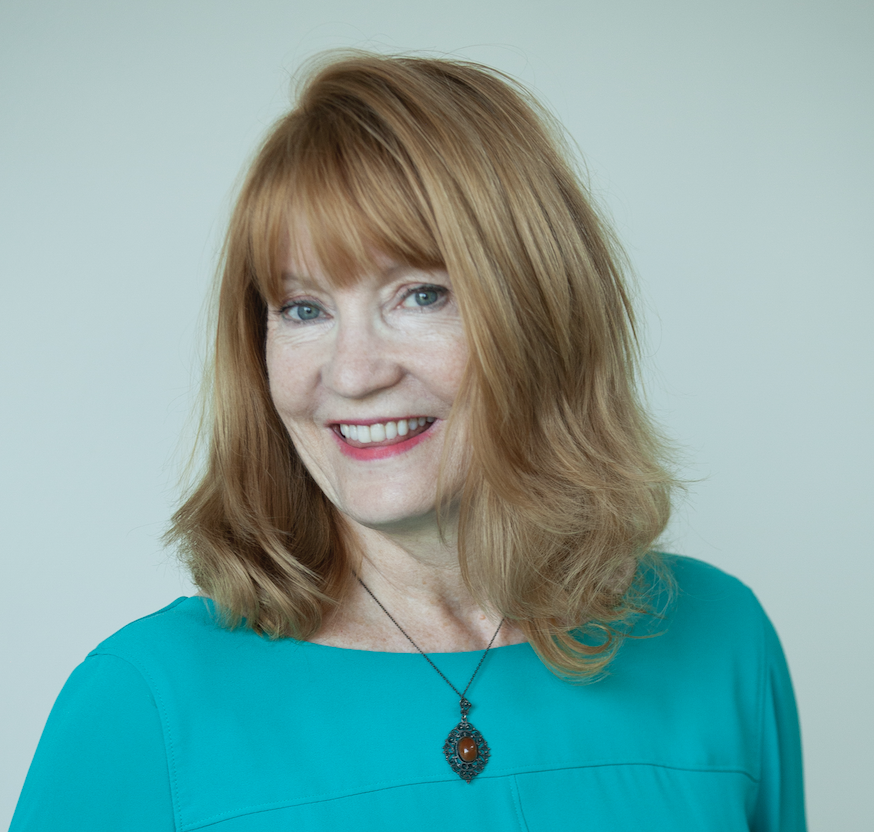After the death of your loved one, you will find yourself asking, “Now what?” You will face this question a few times. Initially, it will be about what to do immediately after his or her death. As-in, now what do I do? Who do I contact? What do I have to do first? How do I tell our friends and family? What kind of service or memorial should I hold?
After you take care of the immediate business of death, the question of “Now what?” will surface again. And this time, it is about how to move forward with the rest of your life. Along with “Now what?” comes, “So what?” The first time that something exciting or rewarding happens in your life, you can’t wait to share it with your special person. And then because you think you have no one to share it with, you find yourself thinking, “So what?”
“I used to think that grief was about looking backward, old men saddled with regrets or young ones pondering should-haves. I see now it is about eyes squinting through tears into an unbearable future.” – Kate Bowler
One day about a year and a half after the death of my husband, I was reading a book on launching business ideas. The beginning of the book recommended taking a self-inventory. True to good coaching practices, I was asked to consider what I wanted. Where did I see myself in one year, in five years? This simple exercise was like a punch to the throat, and I physically fell to the ground. I realized that I was not living my life with plans for one year or five years or even one month. I was not living. I was subsisting. I had no plans or goals. At that moment, I realized that I needed to take control of my life. It was time to create my own responses to “Now what?” and “So what?”
I was not the one who died. YOU are not the one who died.
When your loved one dies, it is not just the end of their life. It is the end of a part of your life, too. You are still here, you are not the one who died, but now you need to figure out what your life looks like without them. The good news is that you do not have to do this all at once.
Like it or not, it is time to redefine your life. Keep an eye out for routines and behaviors that do not serve you well. If you and your loved one used to go to the gym together or walk together, do not abandon exercise just because going to the gym now makes you feel sad. Find a new way to keep an exercise routine in your life. Join a fitness class or walk with a neighbor or change the time of day that you exercise.
You can create your “Now what?” a little bit at a time. Be open to new things, and new friends. Make choices that support your values. Push yourself beyond your comfort zone, but not so far that you feel like you are falling off the edge of the planet. Unless you like that kind of rush.
Build a network of friends who share your values. Share in the experiences of their lives, the highs, and the lows. Share your experiences with them too. When you find yourself thinking, “So what?”, follow that question with, who will I tell? Who will rejoice with me, or who will understand how I feel about this?
You can use “Now what?” and “So what?’ as your guiding questions. Turn them into positive checkpoints that help you to discover where you are in your life. Have you created a life that is fulfilling for you? What steps can you take to keep rebuilding your life? Do you have the right community around you? How can you create a community where you both give and receive support?
There was a time when I was sitting with my Buddhist meditation group, and our teacher was discussing koans, and how the art of questioning can be so beneficial. She asked the group if anyone used koans, and if they wanted to share them with the rest of us. While I am not a Zen practitioner, I realized that, in a way, I did have a koan that I used to inform my life:
“What is my life now?”
“This. This is my life now.”


